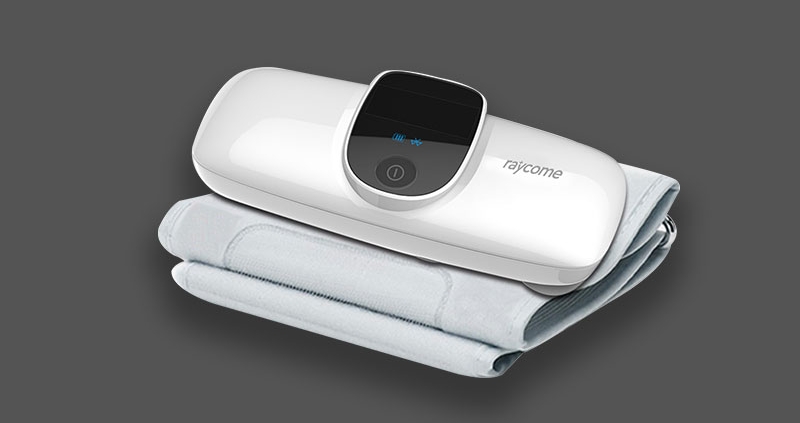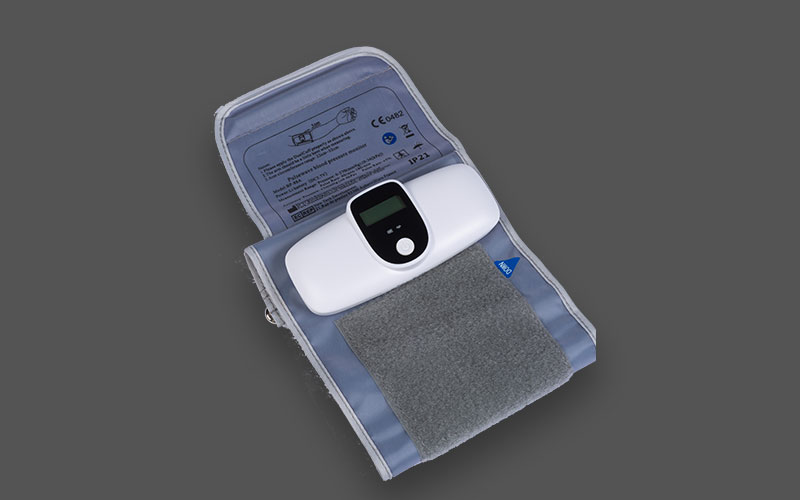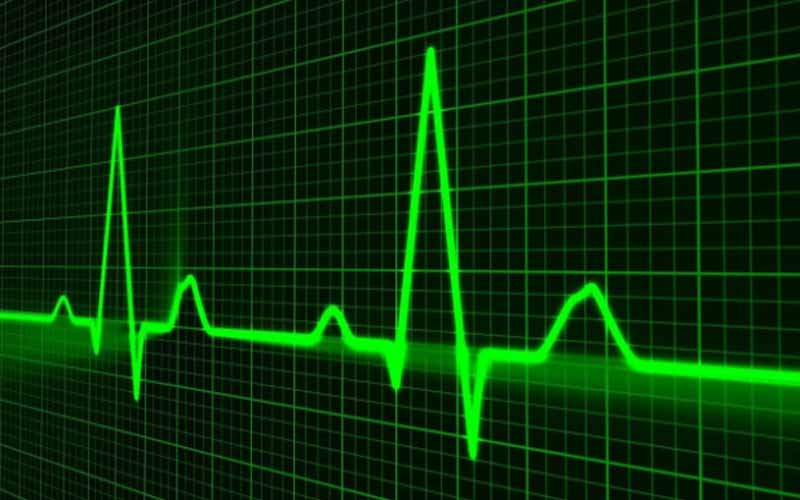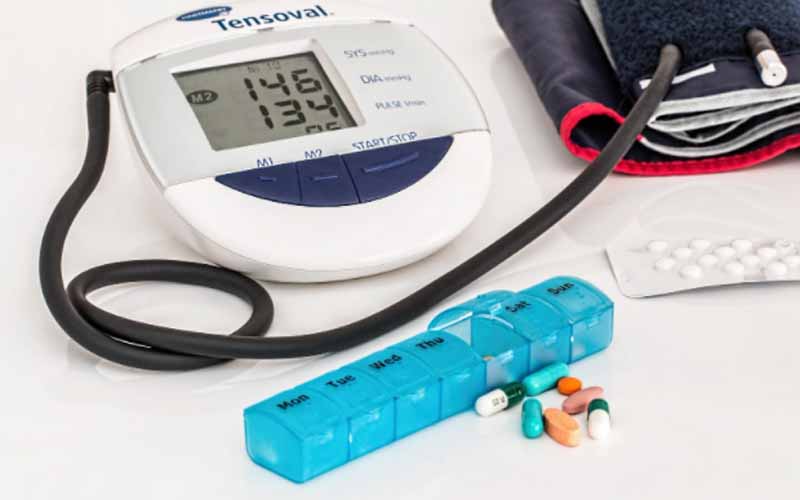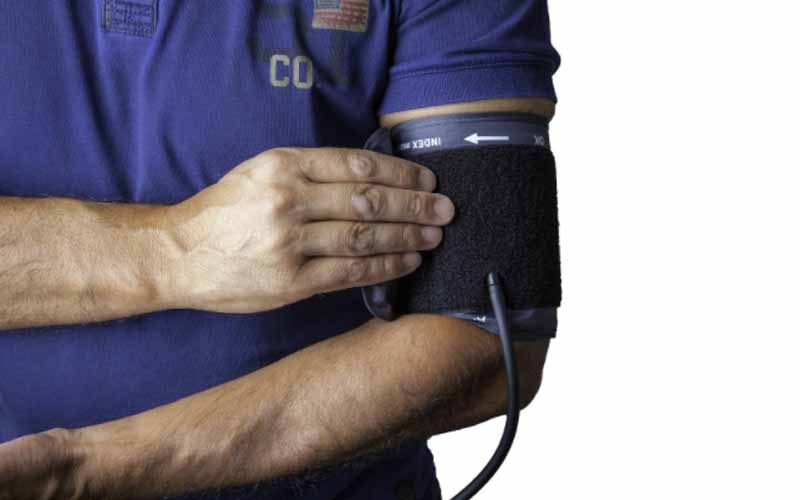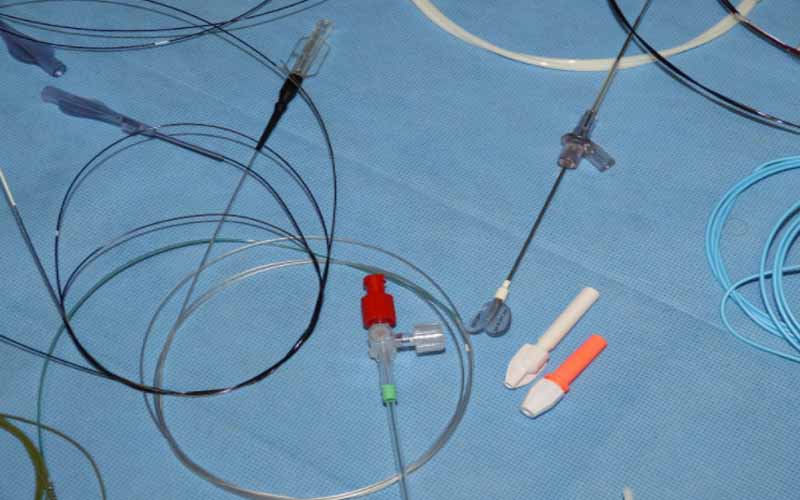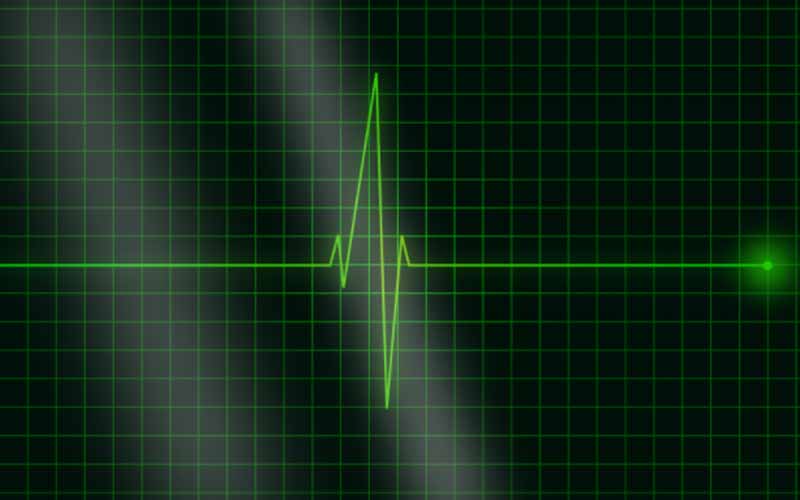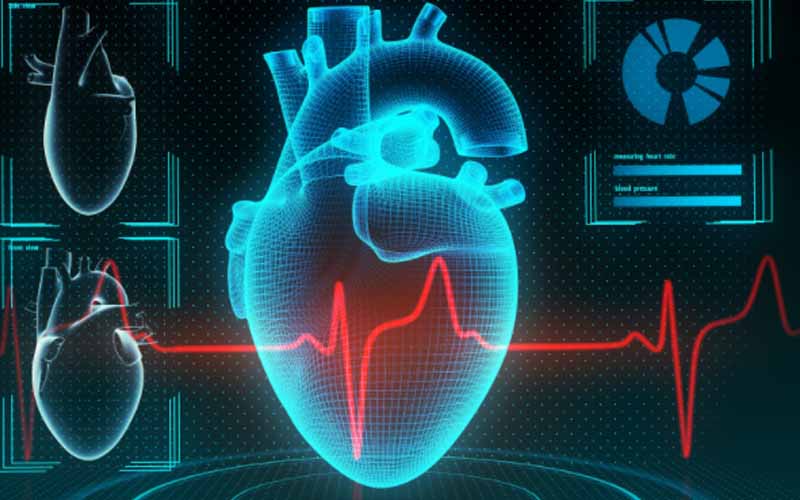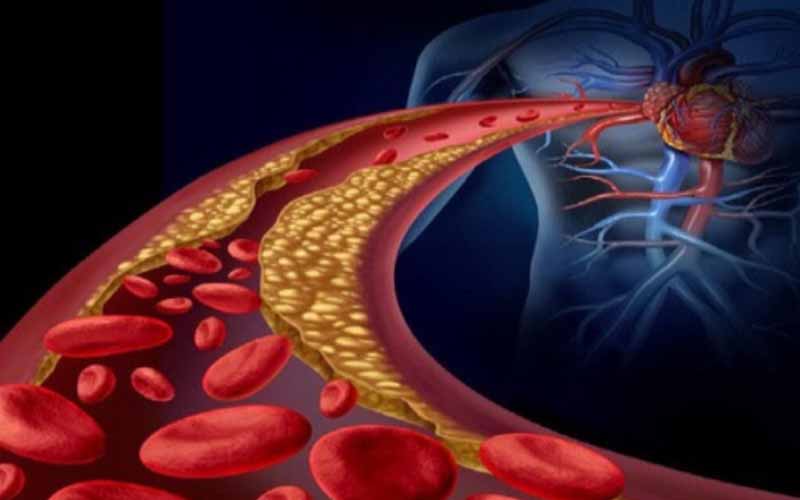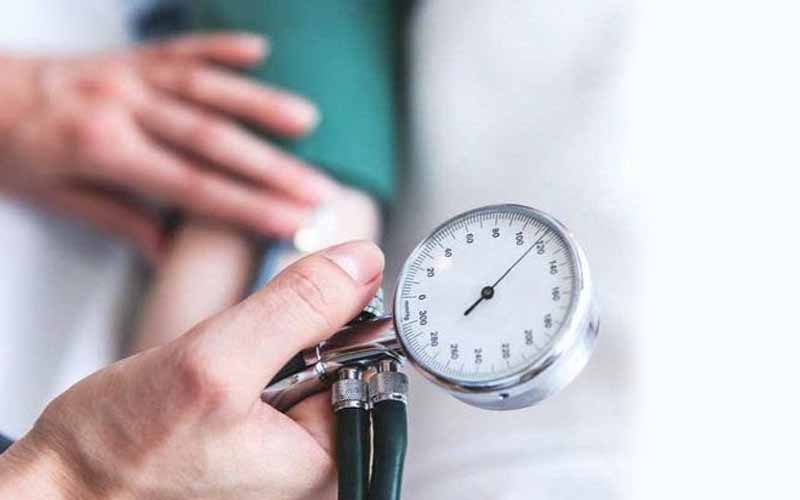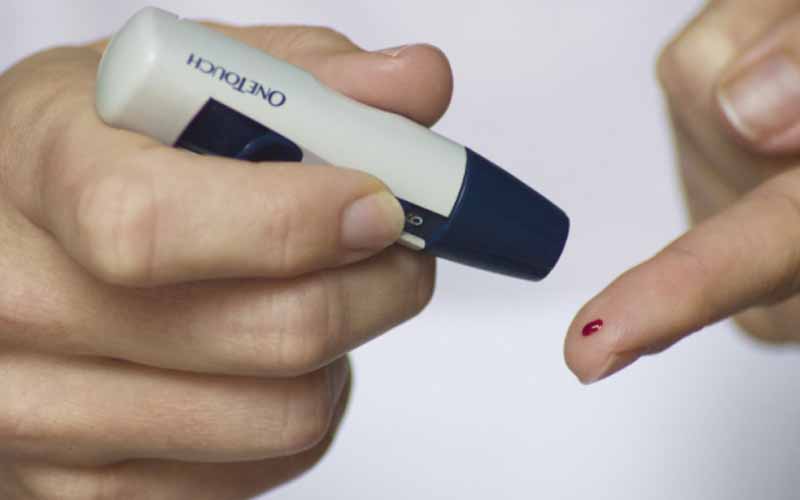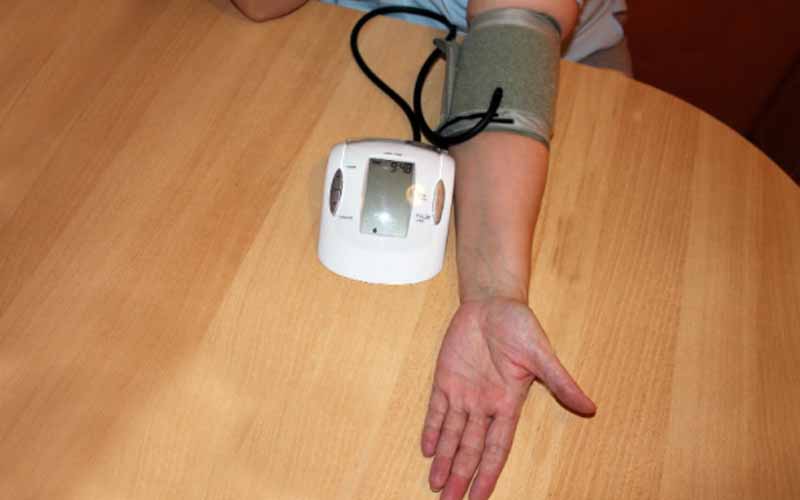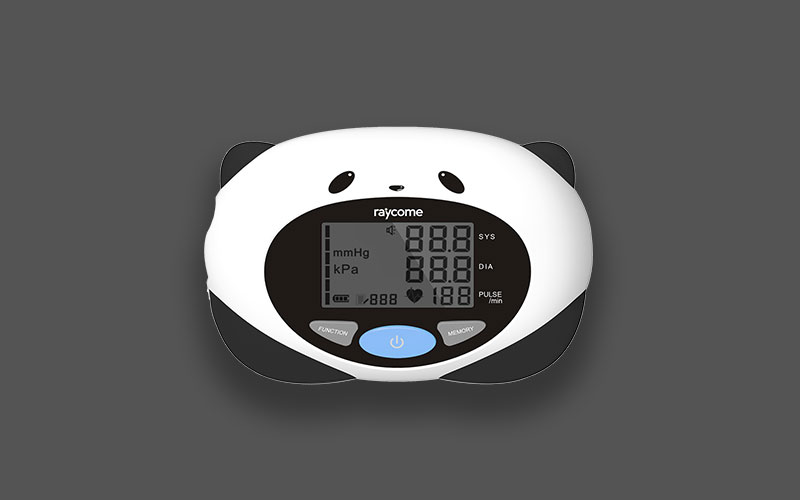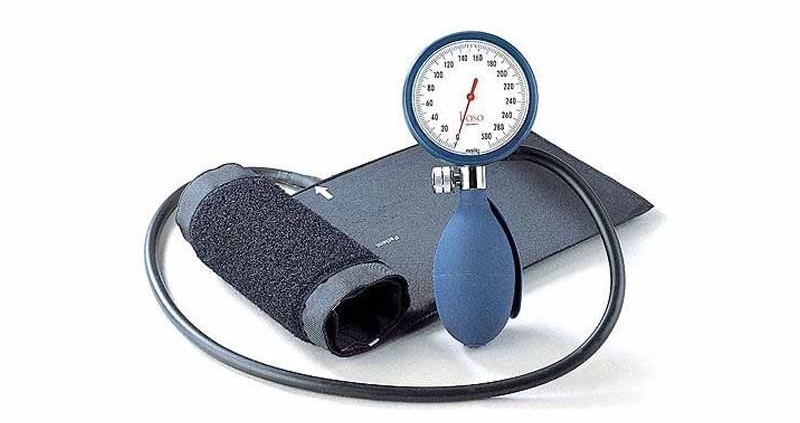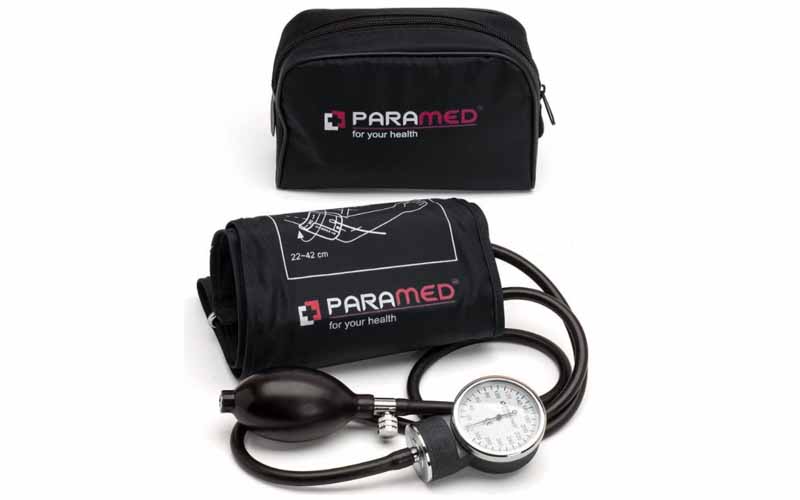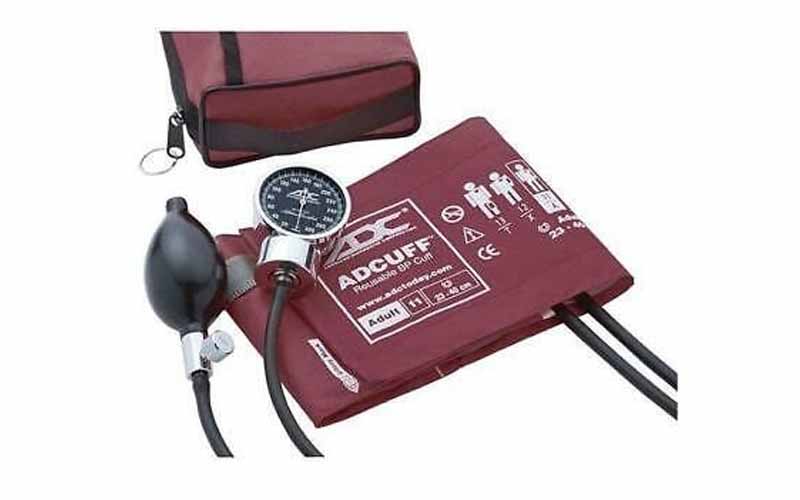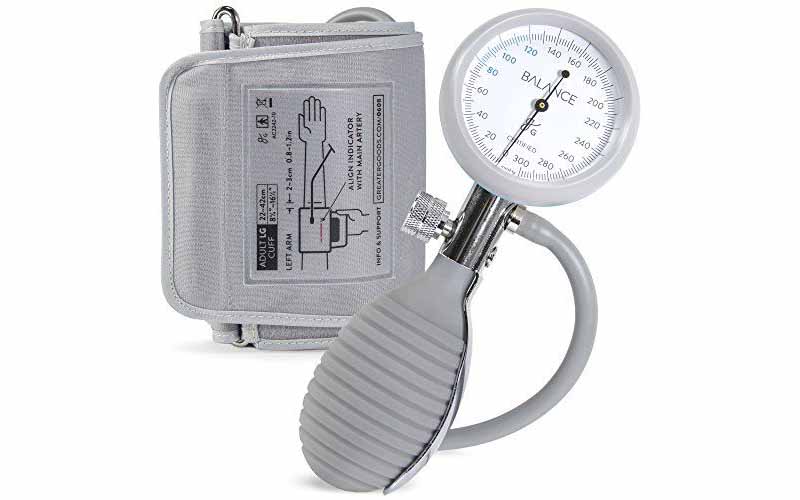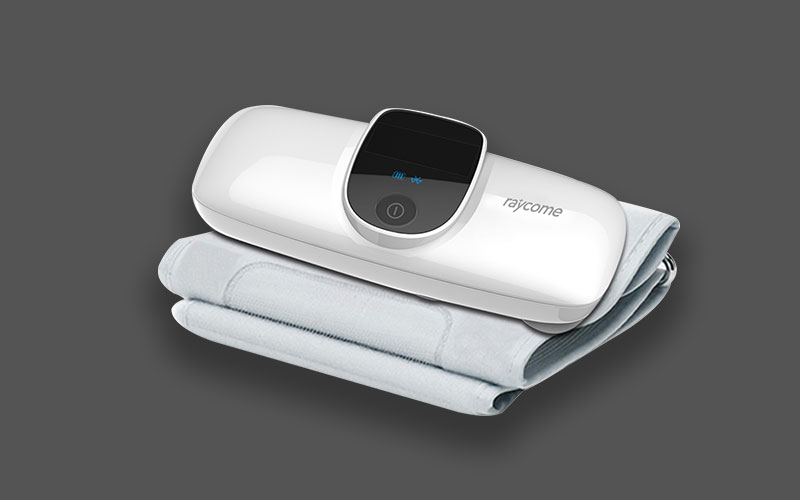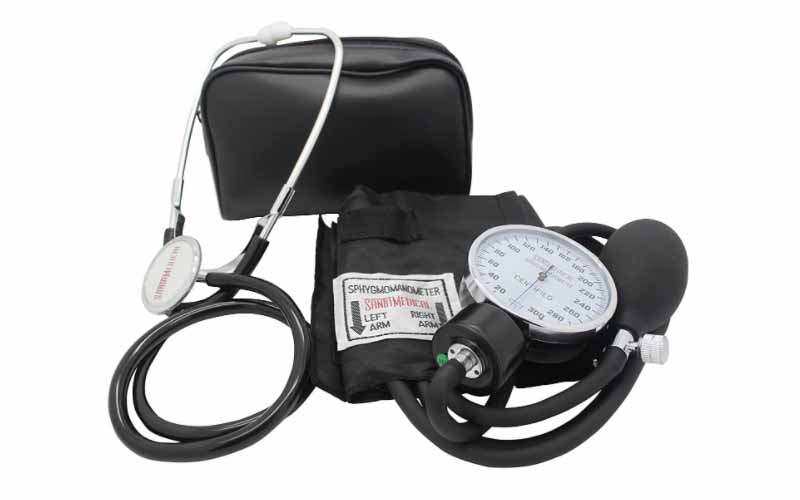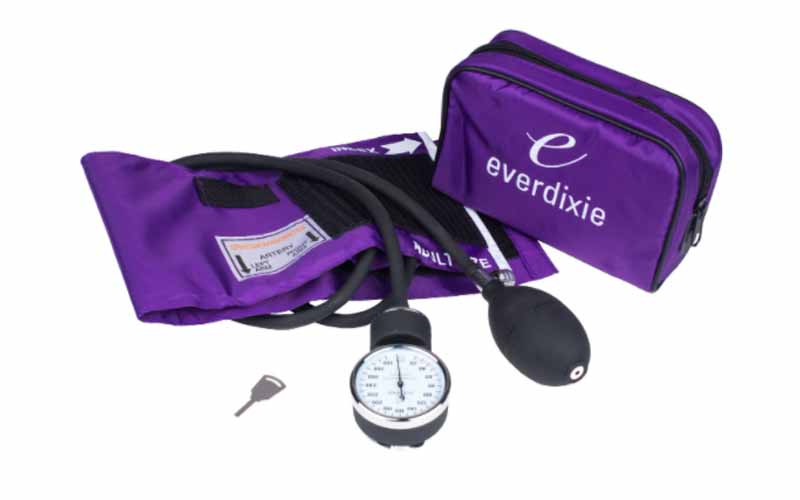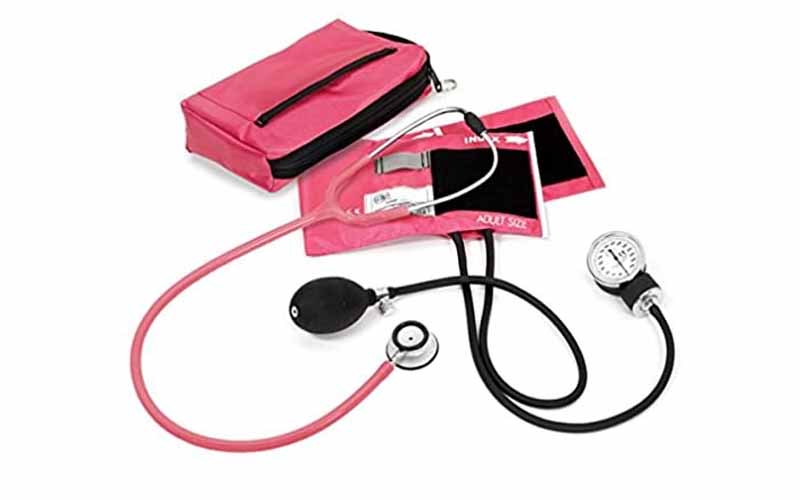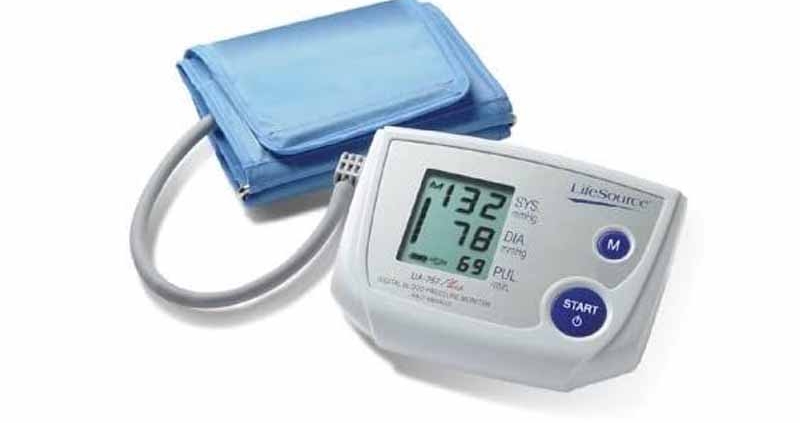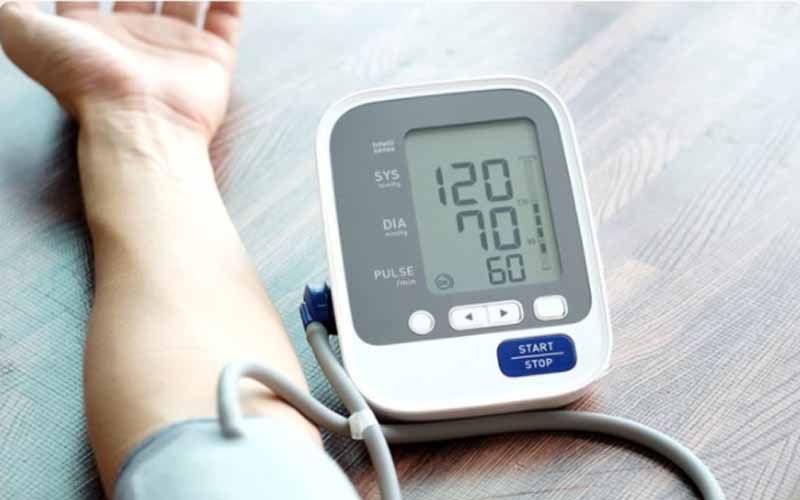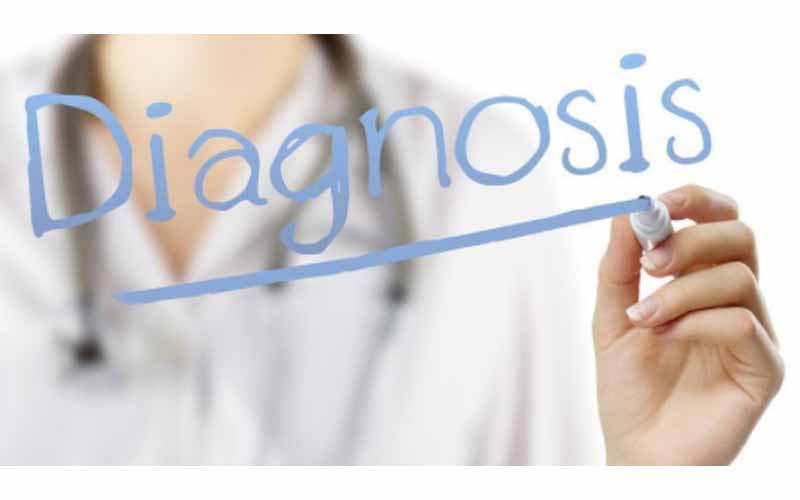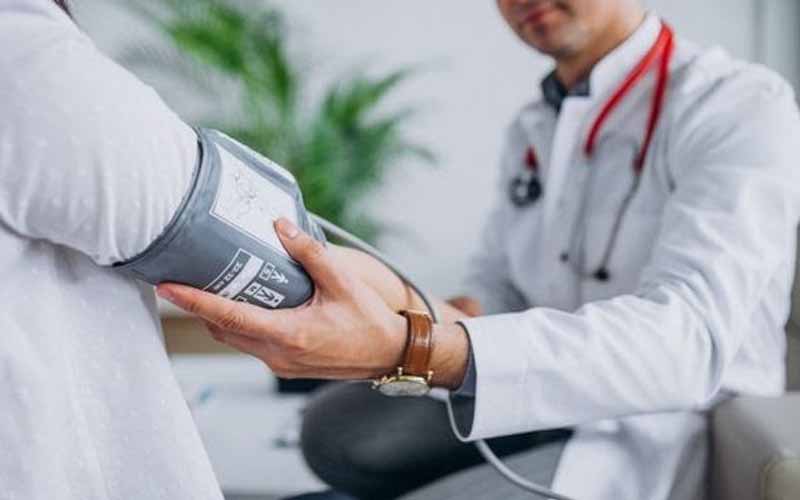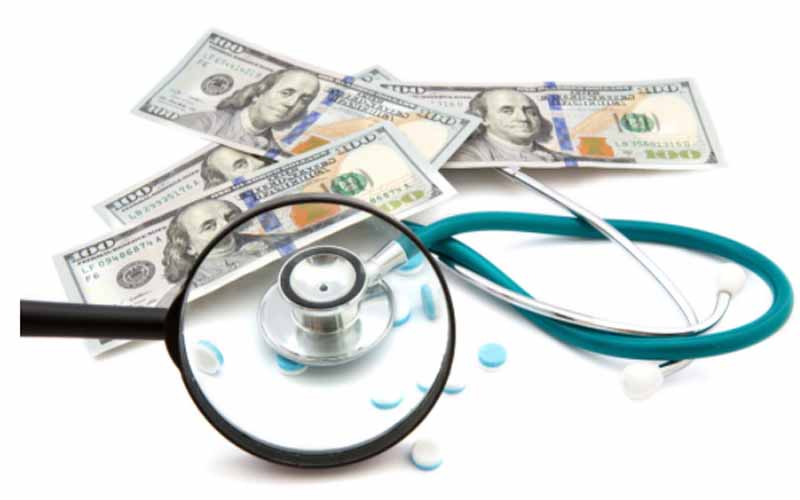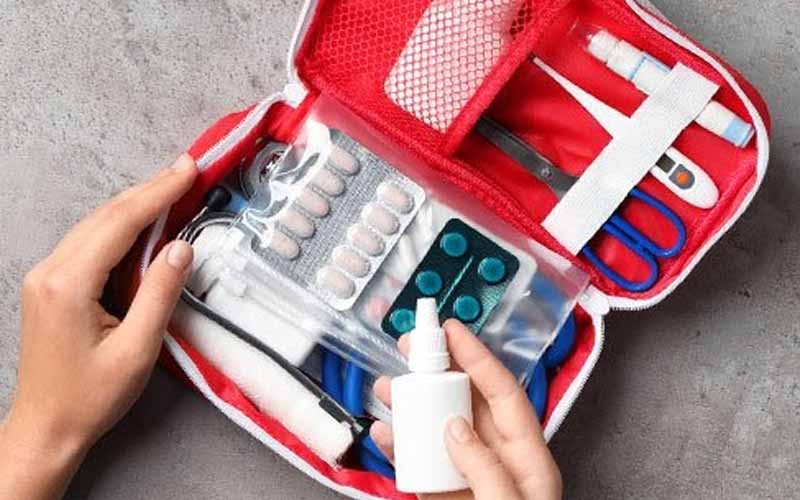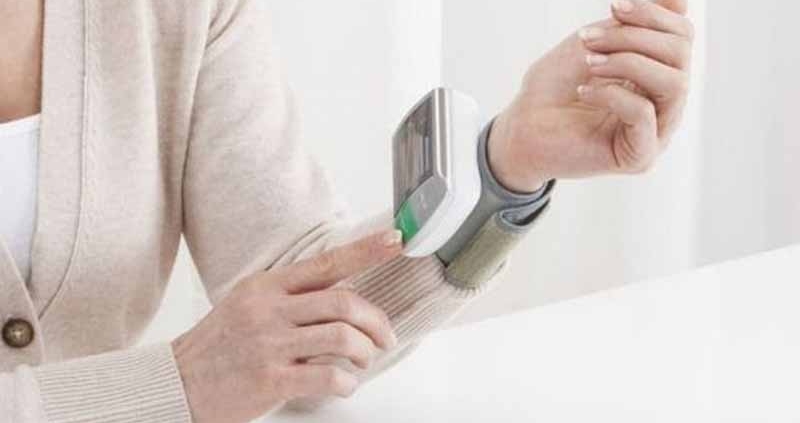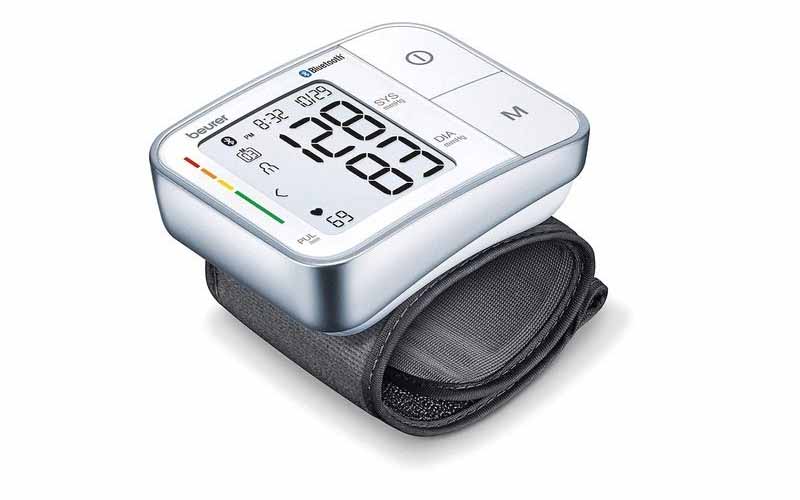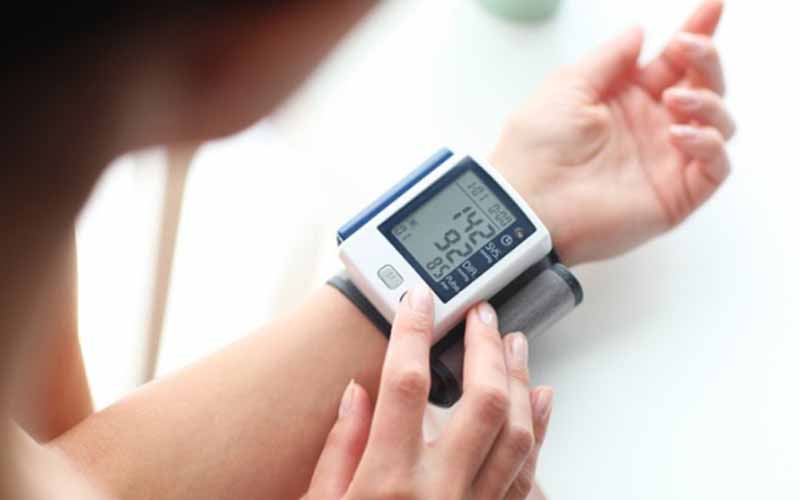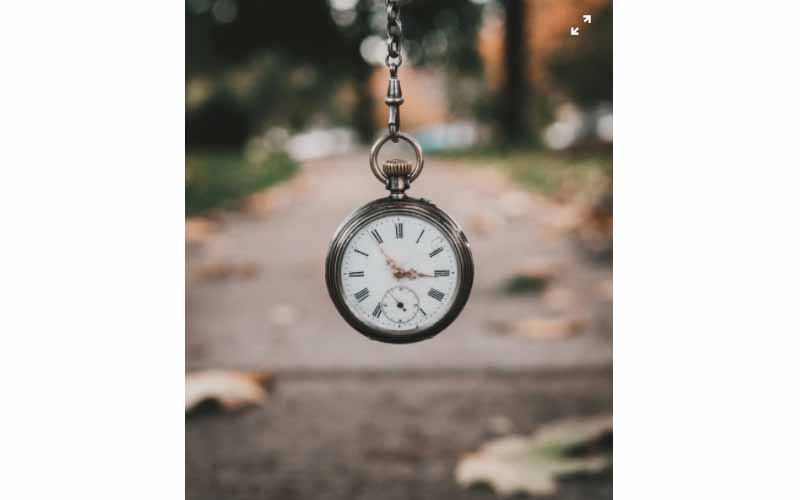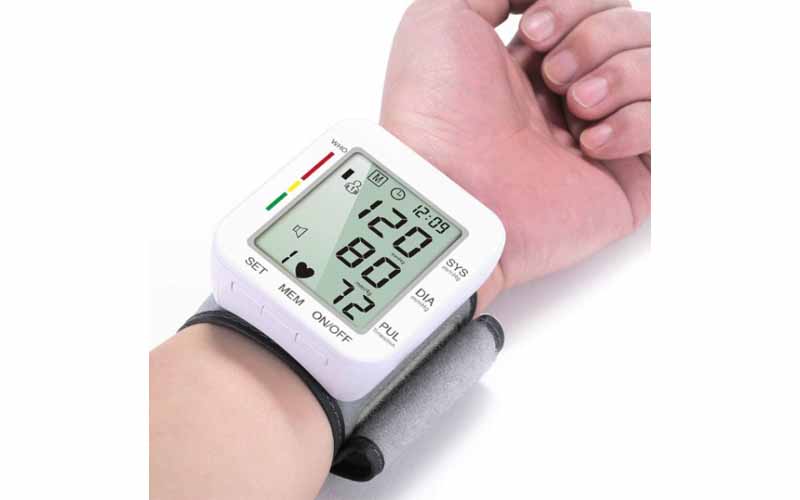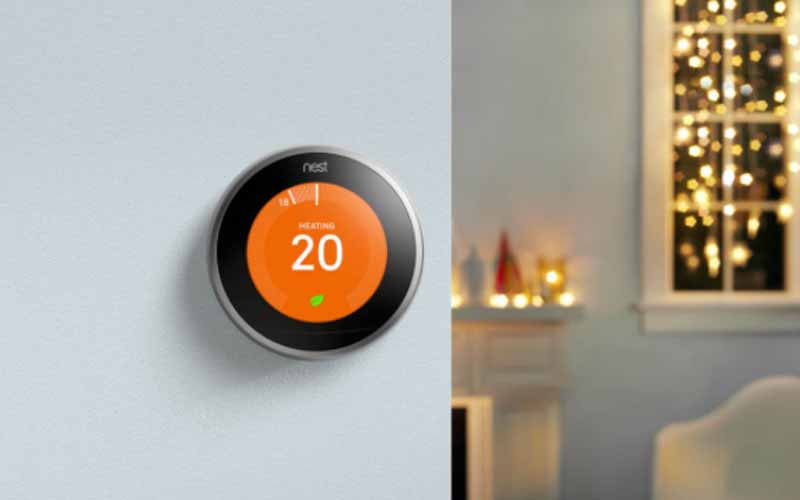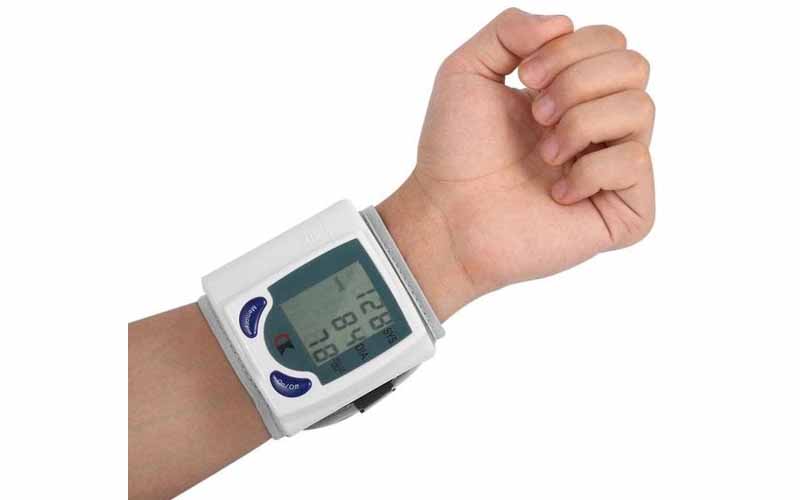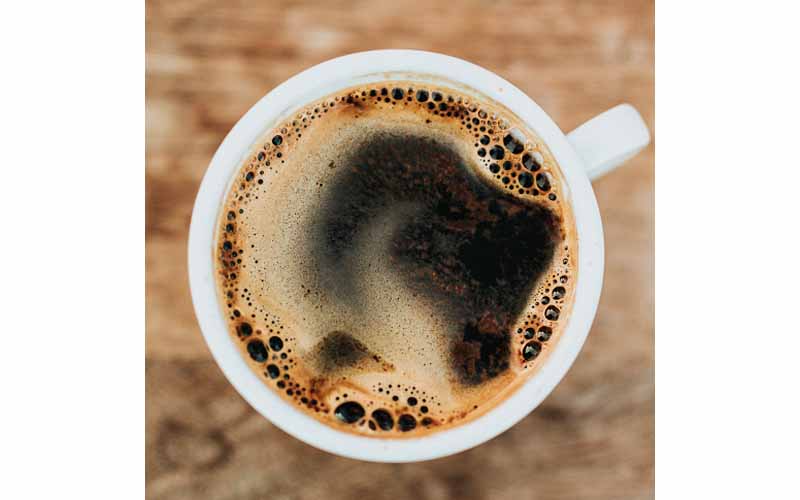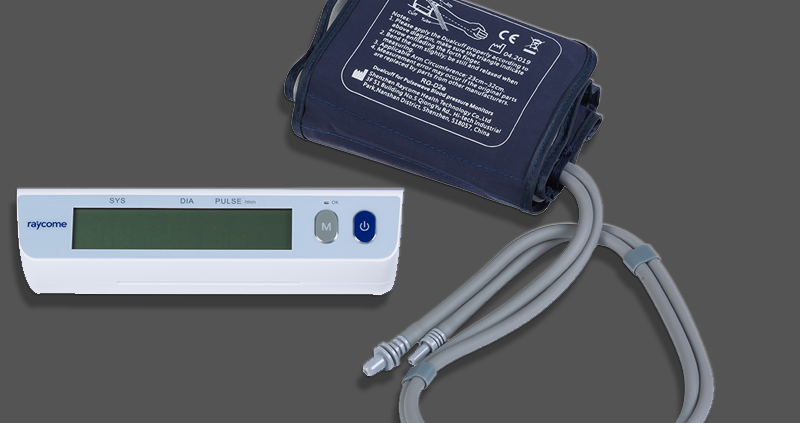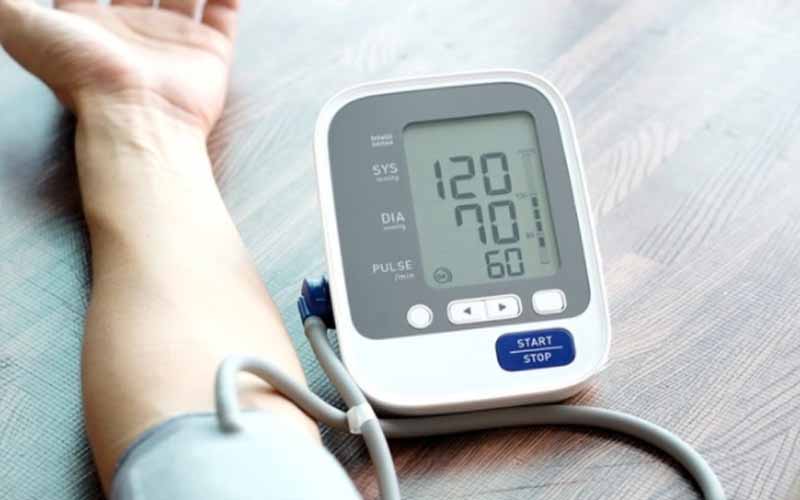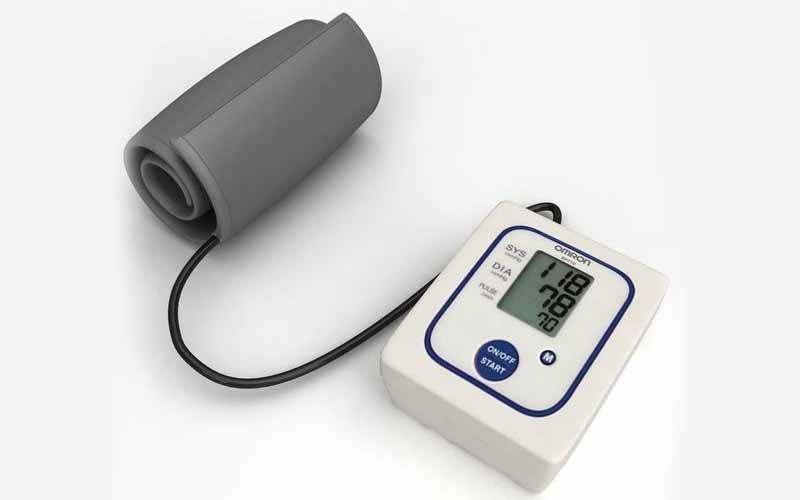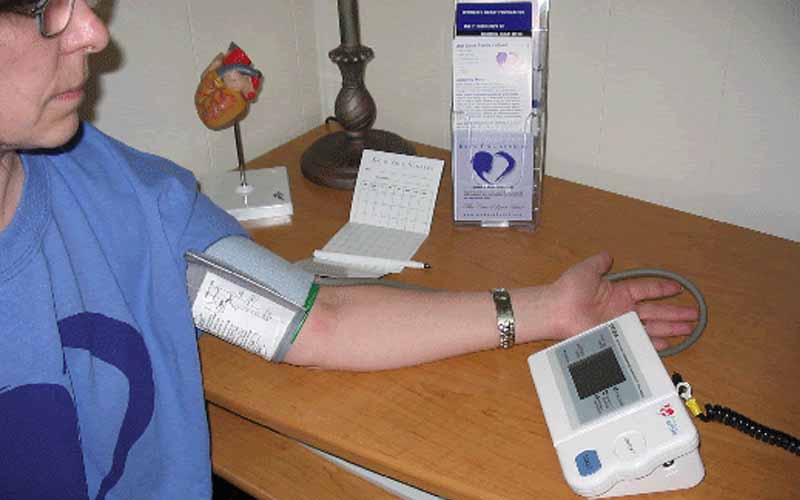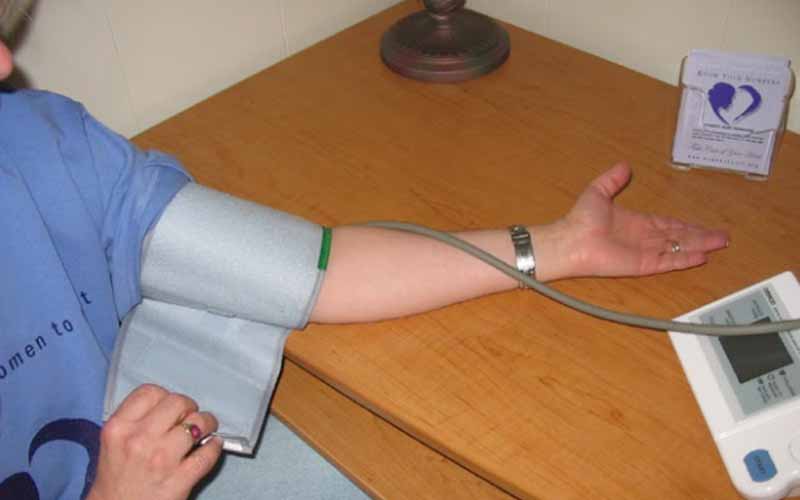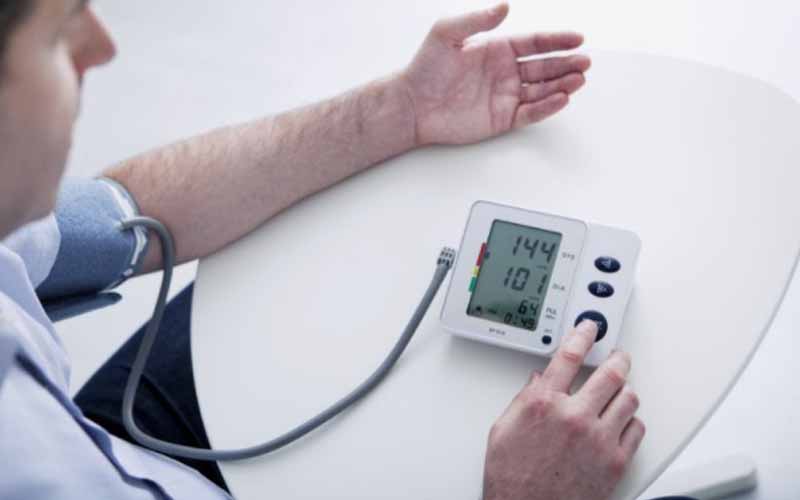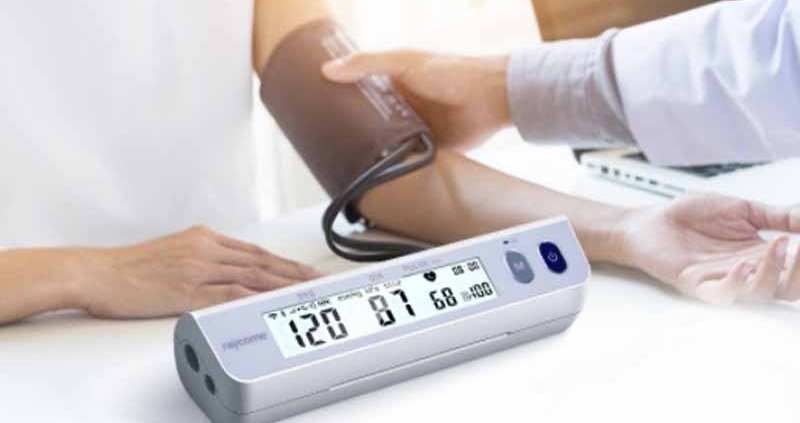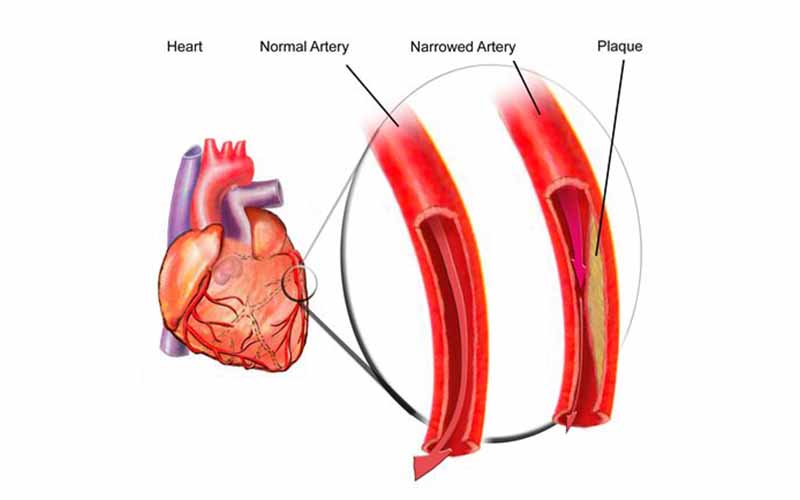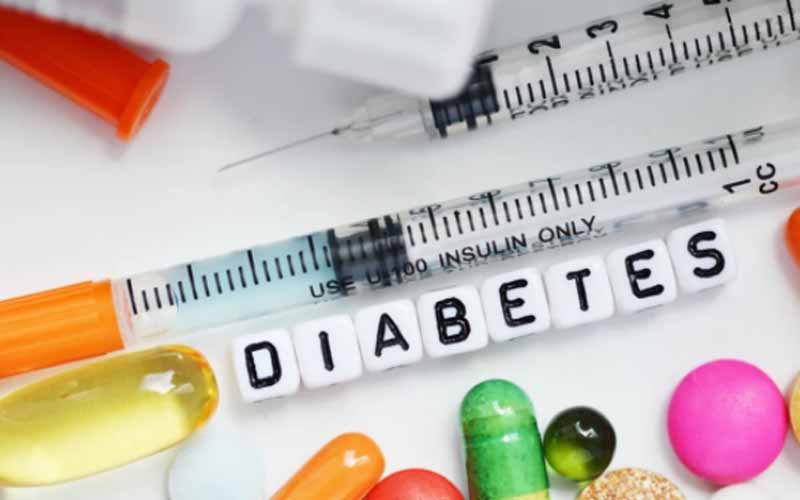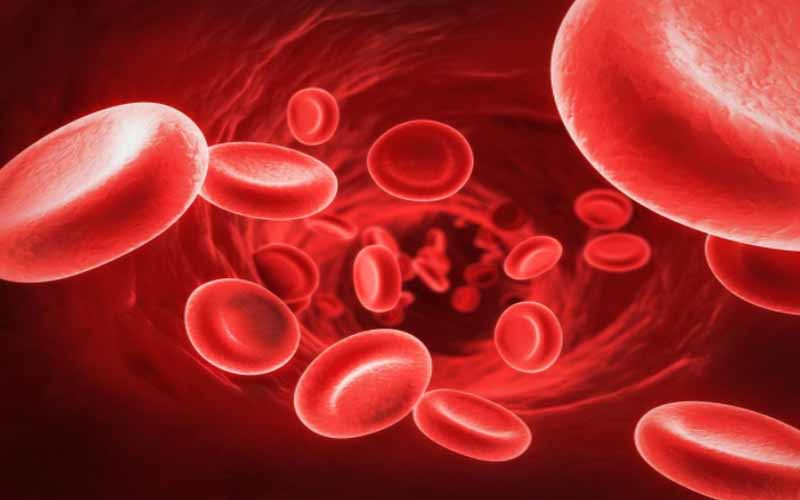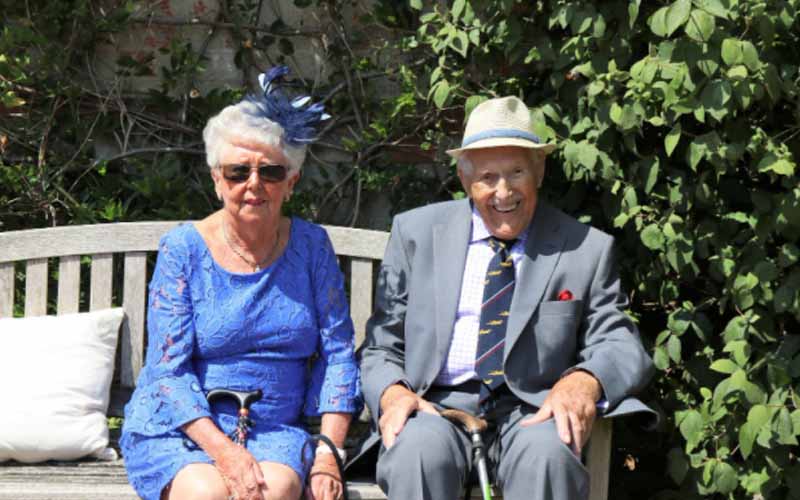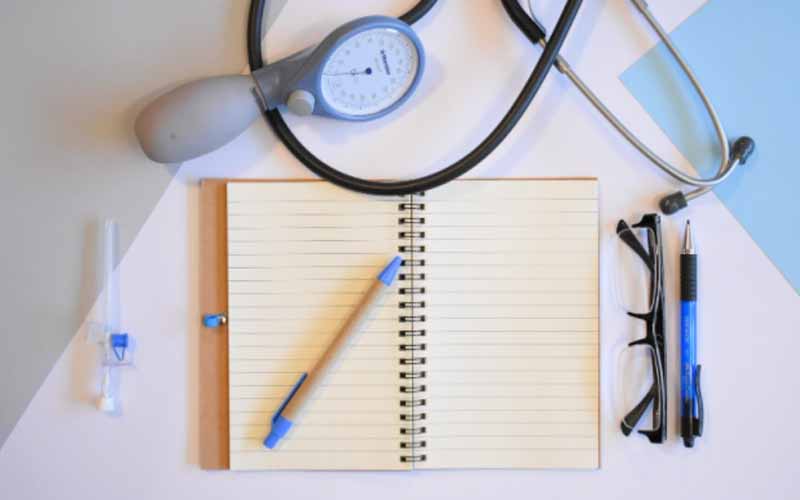Source : Pixabay
Technology has changed a lot of things around us for the better. Some of the things that were beyond our grasp are now a click away on our smartphones. If there’s one area that has benefited greatly from these milestones, that would be the medical world. Now people can use simple apps to keep track of everything in their bodies, making them aware of any potential health risk.
Hypertension, for instance, can now be monitored from the comfort of your home using nothing but a digital BP monitor. And now, that has been made much easier as blood pressure monitor manufacturers introduced smartphone apps that can measure blood pressure with clinical accuracy.
We are going to explore how these apps work and mention some that have been making headlines this year.
Table of Contents
Top Blood Pressure Monitoring Apps
There are many blood pressure monitoring smartphone apps that claim high efficacy when it comes to keeping track of your blood pressure. Whether that is true is yet to be determined; what is evident, however, is that their technology for pulling this off is already here with us. The following are some of the top apps you should check out.
Withings Health Mate

The Android and IOS compatible apps have been around for a while, and it started out as an app that tracks other physiological processes in the body. There is a separate Withings device that can be synchronized with the app for better results. Independently, the app does do most of what it purports to do.
Withings Health Mate app works by displaying the data collected by the smart pressure device, which can be connected to the app via a phone using either Wi-Fi or Bluetooth. It displays the diastolic and systolic blood pressures.
BP Secretary App
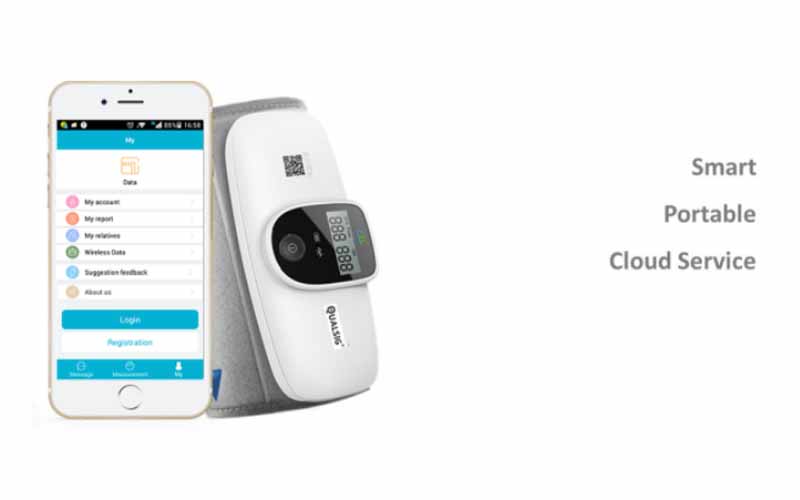
The BP Secretary App is designed by Raycome and works very well with Raycome blood pressure monitors as well as any other digital BP device that has connectivity. This blood pressure tracking app is equipped with a very user-friendly interface that makes reading the data easier in a much detailed way. It is connected directly to the sphygmomanometer and shows the real values as they are collected by the monitoring device.
The BP Secretary App is available for both IOS and Android and is a very convenient tool for sharing your data with your doctor on the go.
Omron Connect
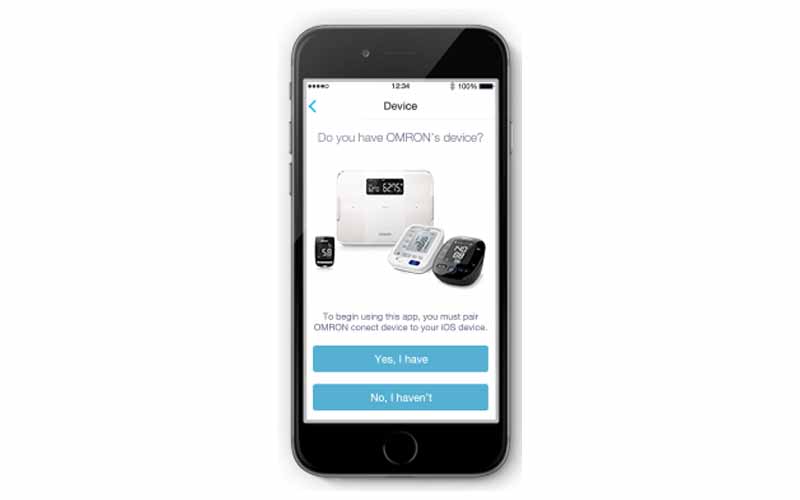
Omron has been known for high quality and reliable BP instruments. It is only logical that they would also be at the forefront of developing smartphone solutions for their BP devices to make tracking blood pressure easier. The Omron Connect is compatible with Android and IOS, and it is a clean app with a clean UI that displays every piece of information in a clear and understandable format.
The only drawback to the smartphone app is that you can only use it with Omron devices. This could discourage many people from going for it. But when you consider the number of Omron BP monitors in the market, then you’ll have more than enough to use it with.
Qardio
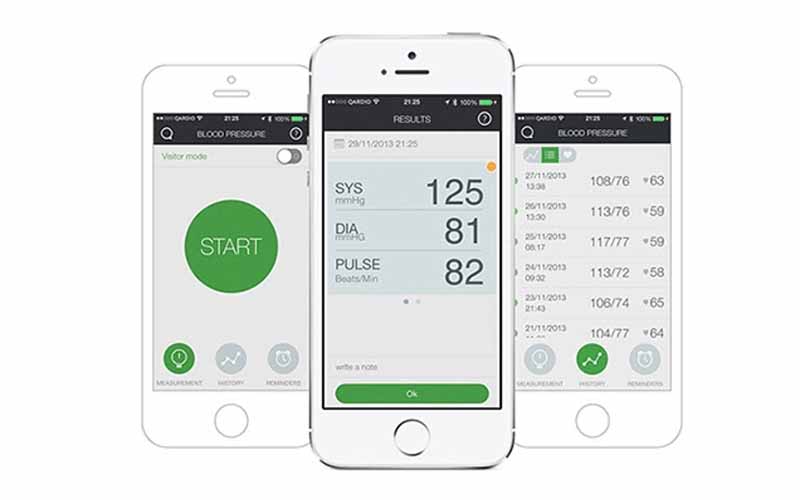
Qardio is more than a blood pressure monitor app. It is a jack-of-all-trades type of smartphone app that also tracks fitness activities. The app is compatible with Android and IOS and works with Qardio related health monitoring devices.
Unlike most of the other apps, Qardio gives the user the freedom to manually input the data for virtually everything that it tracks. This could come in handy if you are working towards a certain goal. You simply input the data and work your way towards it every day.
Benefits and Risks of Relying on Blood Pressure Monitor Apps
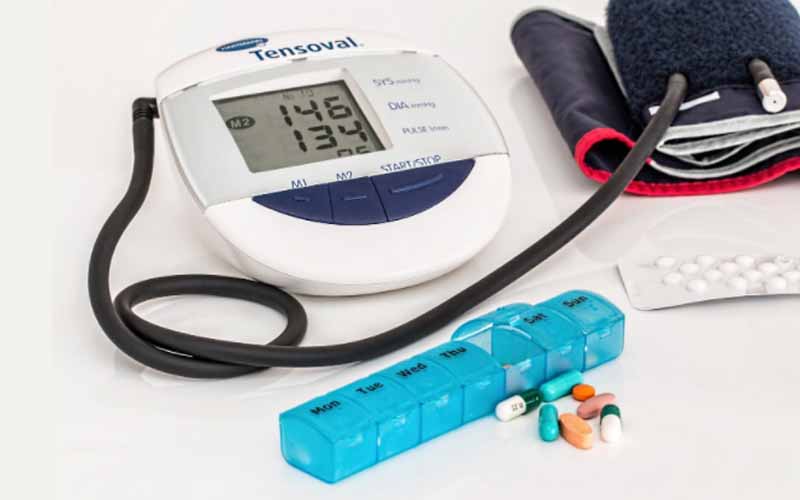
There’s a good and a bad side to relying on smartphone apps to keep track of your health. Beginning with the benefits, the following are some of the reasons why you should give these apps a try
Convenience: Blood pressure monitoring apps are convenient. They have reduced the need for manual operations of BP monitors, and at the same time, they have cut down the number of trips we make to the doctors for checkups. Considering they can be accessed at any time, they are the best thing you can ever want for keeping track of your health.
Cheap: Unlike most BP monitors that cost a fortune, a majority of these apps are free, and those that are sold are never that expensive. This means that just about anyone with a smartphone can access them and monitor themselves at little to no cost.
Compatibility with Monitors: This is their best quality; the ability to synchronize with certified BP apparatus by a simple touch makes them a must-have feature. With a better UI, operating a blood pressure monitor through the app is more wholesome, and you get to see the data in a clear form that is easy to comprehend.
The get Updates: Monitoring apps are always getting constant updates every week, and this makes them get better and better with time. Every update either comes with a new feature or improves on what was already there. This increases their accuracies with time making them more reliable.
Now to the risks involved with using smartphone apps for something as serious as keeping tabs on your blood pressure, the following as some reasons why you should not entirely depend on them.
Inaccuracies: What makes blood pressure monitors such reliable devices is their ability to pick up even the slightest of blood movements through their highly sensitive cuffs. They have been designed that way. A smartphone doesn’t have that kind of capability, and as much as they still may pick up some readings, they definitely can’t be that accurate; this could mislead you.
They’re Not Secure: Like any other programmable device that can be connected to the internet, the security of your data cannot be assured. There are so many risks involved especially when you are logged in to a public network. Your data may be compromised. Another area of concern is the manner in which the apps use that data. Cases of data being sold to third parties are getting more prevalent, and this is a huge cause for alarm.
Hypertension is Too Serious: Having everything at your disposal to deal with high blood pressure is a good thing. However, this is not a condition to be trifled with; it is too risky for you to hinge everything on an app rather than use the recommended professional blood pressure monitor. If you have to use the apps, then use them alongside the right devices.
The Verdict
Can a smartphone app really measure blood pressure? The answer to that is yes. But the effectiveness of a blood pressure app depends on how well the app has been calibrated, the number of devices it can work with, and how advanced hypertension may be. The brand of the related devices and the type of phone software also plays a huge role.
When using the app to keep track of your blood pressure, just remember to combine that with a proper blood pressure monitor.
Conclusion
Ignoring health tracking apps is folly. They may not be that up to the task, but this is a technological advancement that we cannot ignore; sooner or later, phones are going to replace almost everything that deals with tracking the health of a person. Rather than shun it, people should embrace it so that improvements can be made available faster.
To better understand more about how to use an app to check blood pressure and how it can work with a BP monitor, visit our website and get all the information you need.


